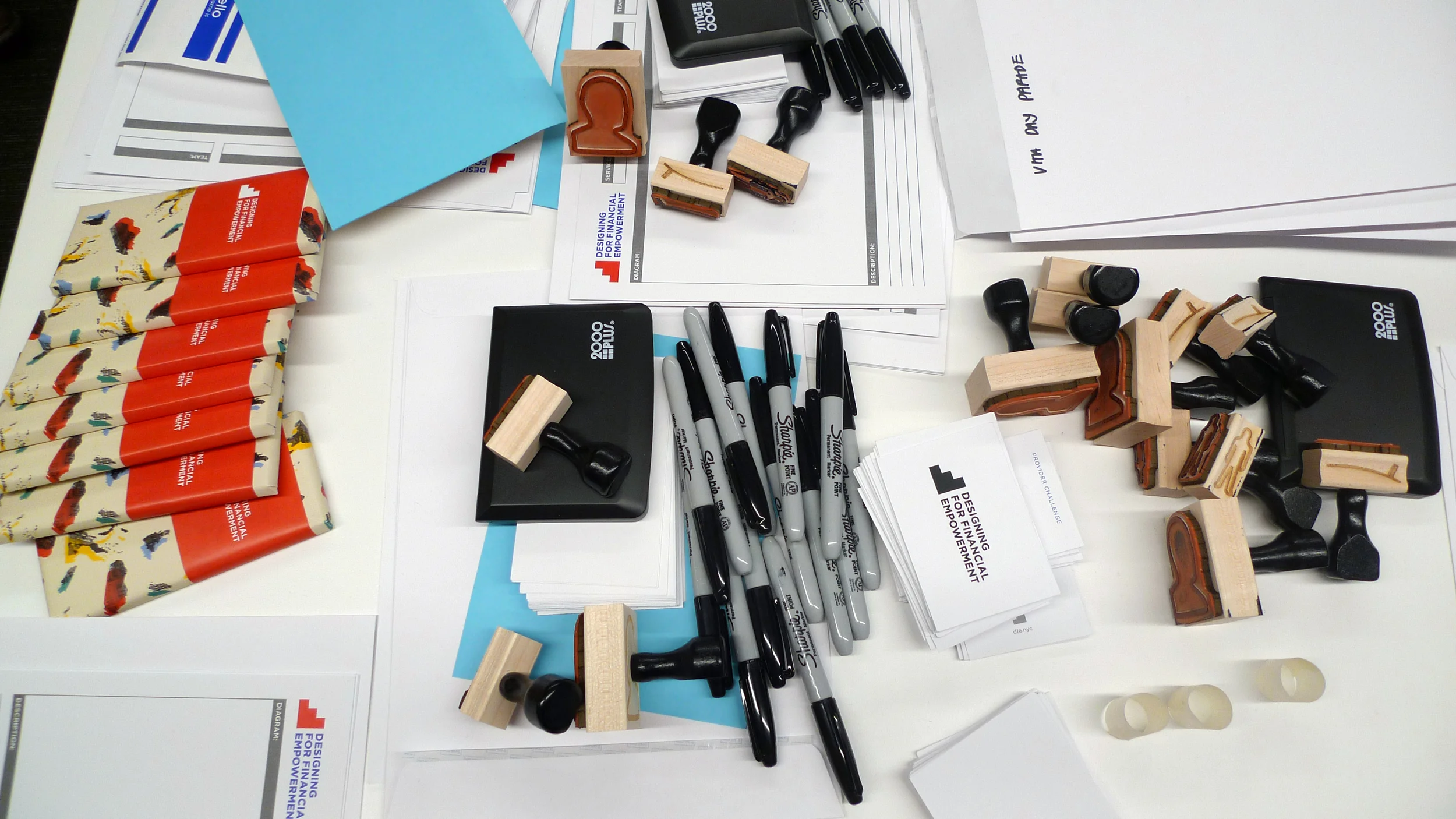Service Design
Service design is the process of organizing the people, processes, places, and touchpoints involved in a service. In Designing for Financial Empowerment, we use service design to improve policies and services which can improve the financial capabilities of low-income individuals and families.
Service design is a collaborative and participatory practice that can be leveraged by government offices at all levels to collaborate with citizens, experts, and community-based organizations in order to create and deliver better public services. Deliberately designing services in this way helps to ensure that the experience and value of the service meet the needs of citizens, government, and community partners.
Project Structure
Service design projects are often structured in three iterative and overlapping phases: Discovery, Co-Design, and Prototyping:
DISCOVERY
The discovery phase is an inquiry-based learning process to acquire first-hand experience of the challenges, opportunities and capabilities experienced by the
various stakeholders involved in the service delivery process.
Read more.
CO-DESIGN
The co-design phase brings together all service stakeholders to explore opportunities for new or improved services.
Read more.
PROTOTYPING
The prototyping phase includes iterative development, testing and refinement of the new or improved service.
Read more.




